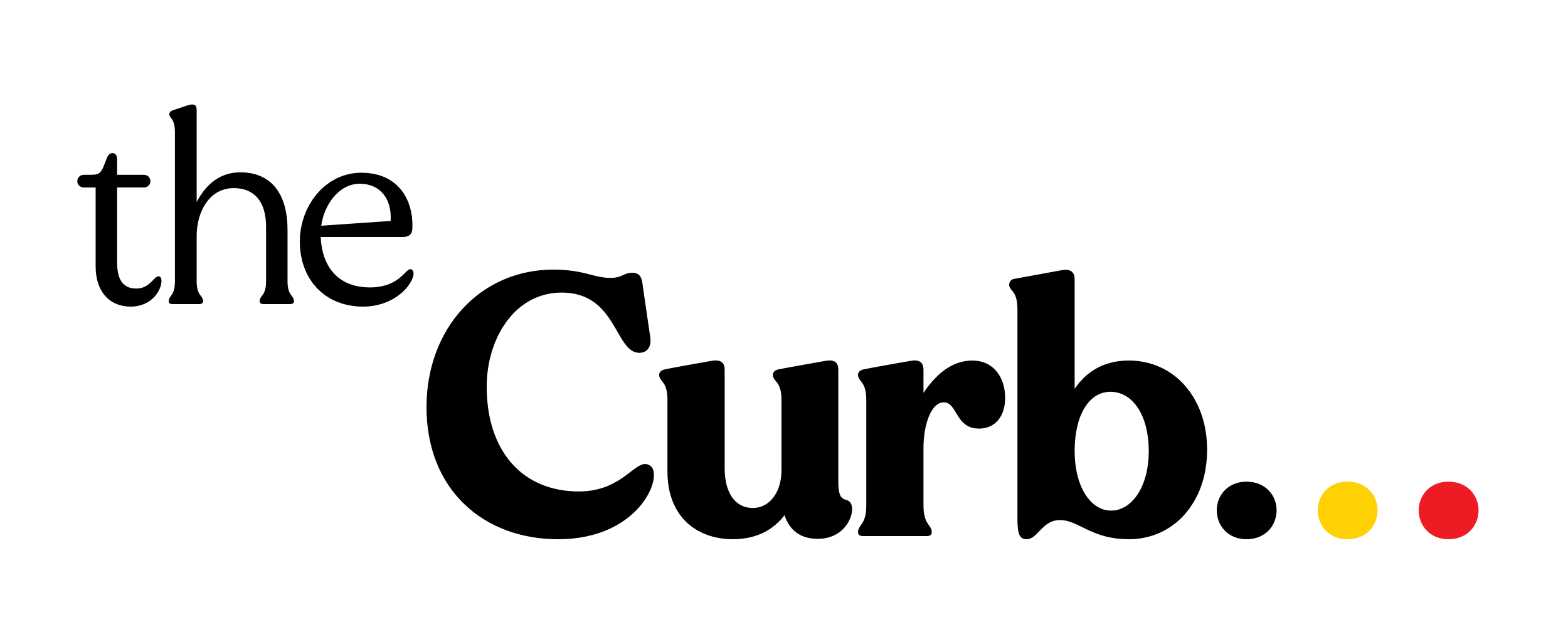The Melbourne Women in Film Festival (MWFF) keeps growing and expanding the opportunities to discuss and spotlight women and gender diverse filmmakers and creators. 2025 promises to deliver a wonderful program and many opportunities for the general public and industry professionals to gather and help shape gender diversity in filmmaking.
The festival features an array of events, including an Almost Midnight Movie Marathon with Alica Maio Mackay’s T-Blockers and Sasha Rainbow’s Grafted, to a special event screening and panel conversation around Reframing Audrey, to short films, masterclasses, and so much more.
MWFF runs in ACMI & Federation Square in Naarm-Melbourne from 20-24 March 2025. For all details and tickets, visit MWFF.org.au, or read the press release here.
Nadine Whitney speaks with Dr Sian Mitchell about the upcoming celebration which is MWFF 2025.
MWFF was created to tell the stories of women and gender diverse creatives in 2017. How has the festival grown since then? Can you tell me about creating a community through the festival?
Dr Sian Mitchell: The 2017 festival was much narrower in focus as a two-day soft launch event paying homage to Australian women filmmakers from the 1970s, alongside some contemporary experimental screen artists. We drew from the program of the 1975 International Women’s Film Festival that was developed by some of the women’s filmmaking co-ops of that era. Since then, we’ve grown the program out to include more open shorts programs to showcase and highlight women and gender diverse creativity in that form as well as expanding our feature film program, panels and workshops.
In 2020, we also welcomed Aotearoan and Pasifika films and filmmakers for the first time, where before this we only screened Australian works. This was because we wanted to create dialogue across our region. We also run over five days now so we can fit all that in!
Can you tell me a little about how you decide on each year’s themes?
DSM: The core team and I are all screen academics in various universities across Melbourne, so themes come up through particular questions or interests we have relating to women’s screen practices and/or how these practices are engaging with something going on in the world at the time. So, it might be how women filmmakers are using their work to engage with issues like climate change or how they are working in a particular genre or style and being innovative with it. Practically, coming up with a theme emerges through lots of team discussions between us and the other programmers too.
In the time the festival has been running, what kind of positive outcomes have you noted in the industry? Where are women and gender diverse creatives and voices being fostered and recognised?
DSM: Something that I love about our festival is that we are seeing some incredible short films from filmmakers that we then see going on further success in the industry – nationally and internationally. Filmmakers like Natalie Erika James, who we have had on panels or we’ve screened her shorts and then she has such great success with Relic etc.
Please note that I’m not suggesting we have anything to do with this success, but I think to think we know how to spot talent. So, I think that is a positive outcome in the industry – when women and gender diverse filmmakers get more films beyond one and keep working, whether that’s inside the industrial system, but also those that do it outside the system as well – like Alice Maio Mackay (So Vam, T Blockers, Satranic Panic) making the films she really wants to make. My caveat to this though, is that it would be great for this to be the norm for women and gender diverse filmmakers. There are a lot that don’t get that kind recognition or opportunity. I would say that spaces where they do are the smaller and focused film festivals that help to bolster the festival landscape alongside larger international film festivals.
I’d like to think we are one of those festivals that give recognition and supports underrepresented genders, alongside festivals like TILDE, MQFF, Birraranga for First Nations filmmakers, of course. I think these spaces are important for these communities of filmmakers and their audiences to connect. There are also some wonderful organisations like Women in Film and Television (Victoria and Australia) and Cinespace in Melbourne offering opportunities to develop skills, build community, and hopefully develop careers.
What do you consider unmissable in the 2025 program?
DSM: Um, all of it? This year’s program has some really fun sessions in it – it’s a bit more playful than last year. We’re opening with Josephine Stewart Te-Whiu’s debut feature We Were Dangerous. Josephine won our Best Short Film in 2023 with When We Were Kids and has been a member of our jury, so I’m psyched we are opening with this film.
We’ve also got a fun ‘midnight movie’ style double feature with T Blockers (Alice Maio Mackay) and Grafted (Sasha Rainbow) – so a bit a schlocky horror good time!
Our closing is a shorts program we put together from some really interesting and creative shorts that we have grouped together under the banner ‘Daydreams and Nightmares’. They play with form and/or engage with more provocative or strange subject matter.
How can people support the festival to keep it strong and vital?
DSM: Attending the festival would be great! Our aim is to ensure we create space for our community of filmmakers and audiences that have been coming each year, but also, we welcome new audiences who want to support women and gender diverse filmmaking as well as enjoy some really great screen storytelling. Bring your friends!

